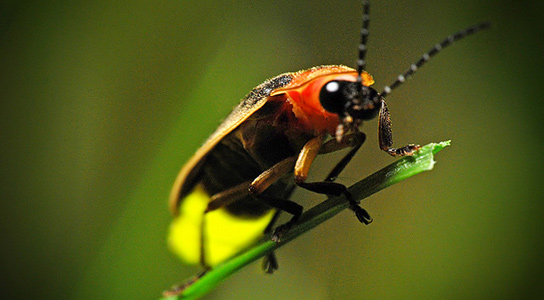
Inspired by fireflies, scientists have enhanced LED design, boosting light extraction by up to 55%.
Fireflies have inspired scientists to modify LEDs so that they are more than one and a half times more efficient. Researchers have studied the internal structure of firefly lanterns, the organs responsible for the insects’ bioluminescence.
The scientists published their findings in two papers in the journal Optics Express. The scientists identified an unexpected pattern of jagged scales, which enhances the overall glow. If this were to be applied to the LED design, it would create an LED overlayer that mimics the natural structure. This overlayer would increase light extraction by up to 55% and could be easily tailored to existing designs.
Fireflies create light thanks to a chemical reaction taking place in photocytes. The light is emitted through the cuticle, which is part of the insect’s exoskeleton. Light travels slower through the cuticle than through air, so there is a portion of the light that is reflected back into the lantern, dimming the glow. The unique surface geometry of the fireflies’ cuticle helps minimize internal reflections, allowing more light escapes to reach the eyes of potential firefly suitors.
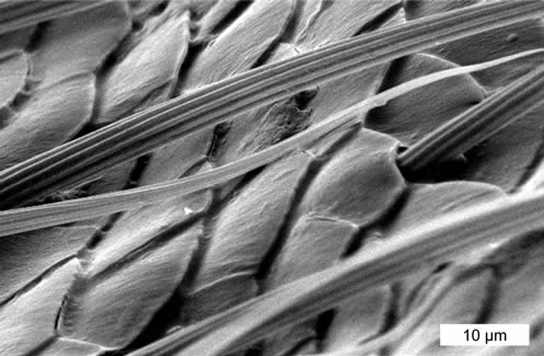
The misfit scales found on the lantern of the Photuris firefly. Researchers found that the sharp edges of the scales let out the most light. Credit: Optics Express.
Using scanning electron microscopes, the researchers were able to identify structures like nanoscale ribs and misfit scales on the fireflies’ cuticles¹. They then used computer simulations to model the structures to see how they would affect light transmission, finding that the sharp edges of the jagged, misfit scales let out the most light.
The researchers refer to the edge structures as having a factor roof shape, where the tips of the scales protrude and have a tilted slope. The protrusions repeat every 10 micrometers, with a height of about 3 micrometers. The researchers also found that a big-scale structure was more effective at reflecting light than the nanoscale ones.
In the other paper², the researchers created a jagged overlayer on top of a standard gallium nitride LED. Light-sensitive material was deposited on top of the LED, and sections were exposed using a laser to create the triangular factory roof profile. The dimensions were adjusted for the size of the LED.
Other research groups have studied the photonic structures in firefly lanterns as well, and have even mimicked some of the structures to enhance light extraction in LEDs, but their work focused on nanoscale features.
References:
“Improved light extraction in the bioluminescent lantern of a Photuris firefly (Lampyridae)” by Annick Bay, Peter Cloetens, Heikki Suhonen and Jean Pol Vigneron, 8 January 2013, Optics Express.
DOI: 10.1364/OE.21.000764
“Optimal overlayer inspired by Photuris firefly improves light-extraction efficiency of existing light-emitting diodes” by Annick Bay, Nicolas André, Michaël Sarrazin, Ali Belarouci, Vincent Aimez, Laurent A. Francis and Jean Pol Vigneron, 8 January 2013, Optics Express.
DOI: 10.1364/OE.21.00A179

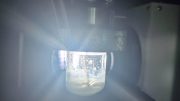
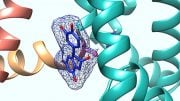

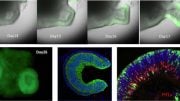
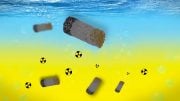


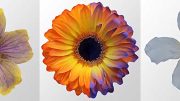
Be the first to comment on "Scientists Make Brighter LEDs by Mimicking Fireflies"